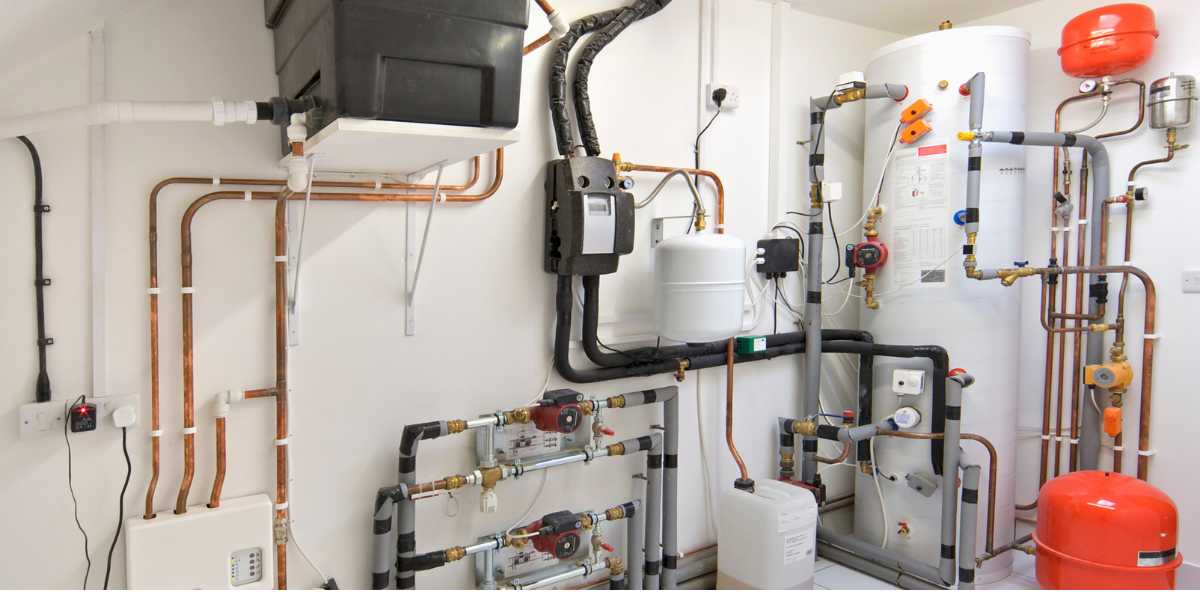Curious about the cost of radiant floor heating? Discover how radiant floor heating compares to other systems in terms of installation, energy efficiency, and long-term expenses to help you decide if it’s the right choice for your home.
Is Radiant Floor Heating Costly Compared to Other Heating Systems?
Radiant floor heating is a popular choice for modern, efficient heating, but many homeowners wonder if it’s more expensive compared to traditional systems. In this guide, we’ll explore the costs, benefits, and potential downsides of radiant floor heating, and help you decide if this heating system is worth the investment.
1. What is Radiant Floor Heating?
Radiant floor heating works by directly heating the floor, which then radiates warmth evenly throughout the room. Unlike forced-air systems, radiant heating delivers heat more subtly and maintains a consistent temperature without creating drafts. This system can use either electric or hydronic (water-based) heating elements embedded within the flooring.
2. Cost Comparison: Radiant Floor Heating vs. Other Heating Systems
Radiant floor heating has unique cost factors that set it apart from other systems like forced air, baseboards, or radiators.
Initial Installation Costs
- Radiant Floor Heating: The upfront cost is generally higher, especially for hydronic systems, due to the labor-intensive installation process. Electric systems can be less costly but are often used for smaller areas due to operating expenses.
- Forced-Air Heating: Lower initial cost compared to radiant heating, though the ductwork can increase installation expenses if not already present.
- Baseboard Heating: Baseboard heaters are relatively inexpensive to install, though they may not heat rooms as evenly or efficiently as radiant floors.
Operating Costs
- Radiant Floor Heating: While the installation is more expensive, radiant heating tends to be energy-efficient, particularly with hydronic systems, leading to lower long-term operating costs.
- Forced-Air Heating: While generally less costly to install, forced-air systems tend to lose efficiency over time due to ductwork leakage, which can increase energy bills.
- Baseboard Heating: Typically less efficient than radiant floor heating and often leads to higher monthly energy expenses.
3. Advantages of Radiant Floor Heating
There are several advantages to choosing radiant floor heating, which can help you decide if it’s the right option for your home.
1. Energy Efficiency
- Radiant heating systems are often more energy-efficient, especially hydronic versions. By heating the floor, warmth naturally radiates up, reducing the need for high settings.
- Since there’s no heat loss through ducts, radiant heating is more efficient than forced air.
2. Consistent and Comfortable Heat
- Radiant floor heating provides even warmth throughout the room, eliminating hot or cold spots. Rooms feel more comfortable as the heat is spread evenly.
- You won’t feel drafts or sudden temperature changes as you might with forced-air systems.
3. Quiet Operation
- Unlike forced-air systems, radiant heating is completely silent. There are no fans or blowers, which means no background noise.
4. Improved Indoor Air Quality
- With radiant heating, there’s no circulation of dust, allergens, or other particles, making it a great choice for allergy sufferers or homes with pets.
5. Space-Saving Design
- Radiant floor heating is hidden within the flooring, so it doesn’t take up any wall or ceiling space like radiators or baseboards. This allows more flexibility in room layout and design.
4. Disadvantages of Radiant Floor Heating
While radiant floor heating has many benefits, there are a few downsides to consider.
1. High Installation Cost
- The initial cost is usually higher, especially if you’re retrofitting an existing home. Installation requires access to the flooring, which can add to labor costs.
- For hydronic systems, the need for a boiler and plumbing can further increase installation expenses.
2. Time-Intensive Installation
- Installation can be time-consuming and disruptive, especially in a remodel where flooring must be removed to install the heating elements.
3. Slow Heating Response Time
- Radiant floor heating takes longer to heat up compared to forced air. It’s best suited for areas that require consistent warmth rather than rapid temperature changes.
4. Limited Retrofitting Options
- Radiant floor heating is often easiest to install in new builds or during major renovations, as retrofitting an entire home can be complex and costly.
5. Potential for Flooring Restrictions
- Some types of flooring, like hardwood, may expand or warp with radiant heating. It’s important to choose compatible flooring materials such as tile, which conducts heat well.
5. When to Call a Professional
Installing and maintaining radiant floor heating systems requires specialized knowledge. Here are some instances when it’s essential to call a professional:
- New Installations or Major Renovations: Radiant heating installation is complex, especially for hydronic systems that require plumbing work and integration with a boiler.
- Troubleshooting Issues: If your radiant heating system isn’t providing even warmth or seems to be malfunctioning, it’s best to consult a professional. They can identify any issues, such as wiring problems in electric systems or leaks in hydronic pipes.
- System Maintenance: For optimal performance, periodic maintenance checks by a licensed HVAC technician are recommended, particularly for hydronic systems that might require flushing or repairs.
6. Why Choose Us for Radiant Floor Heating Installation and Maintenance?
Choosing the right professional service for radiant floor heating is critical for ensuring efficient, reliable operation. Here’s why you should choose our services:
1. Expertise and Experience
- Our team specializes in radiant floor heating, with years of experience in both residential and commercial installations. We’re knowledgeable in both electric and hydronic systems, ensuring top-notch service regardless of your choice.
2. Quality Workmanship
- We are committed to providing high-quality work, from initial consultation to final inspection. Our attention to detail ensures that your system is installed correctly and will provide consistent, reliable warmth.
3. Customized Solutions
- Every home is unique, and we work with you to design a heating system that fits your needs, lifestyle, and budget. Whether it’s a small bathroom installation or a whole-house system, we provide solutions tailored to your home.
4. Transparent Pricing
- We believe in clear, honest pricing with no hidden fees. We provide upfront estimates and work with you to find the best solution within your budget.
5. Comprehensive Support and Maintenance
- Beyond installation, we offer ongoing maintenance and support to keep your system running efficiently. Our team is available for troubleshooting and repairs to ensure long-lasting performance.
7. Is Radiant Floor Heating Worth the Cost?
The decision to invest in radiant floor heating depends on your budget, lifestyle, and heating needs. While it has a higher initial cost, the advantages, including energy savings, comfort, and improved air quality, make it an appealing option for many homeowners. Over time, these systems can pay for themselves in energy efficiency and added home value.


